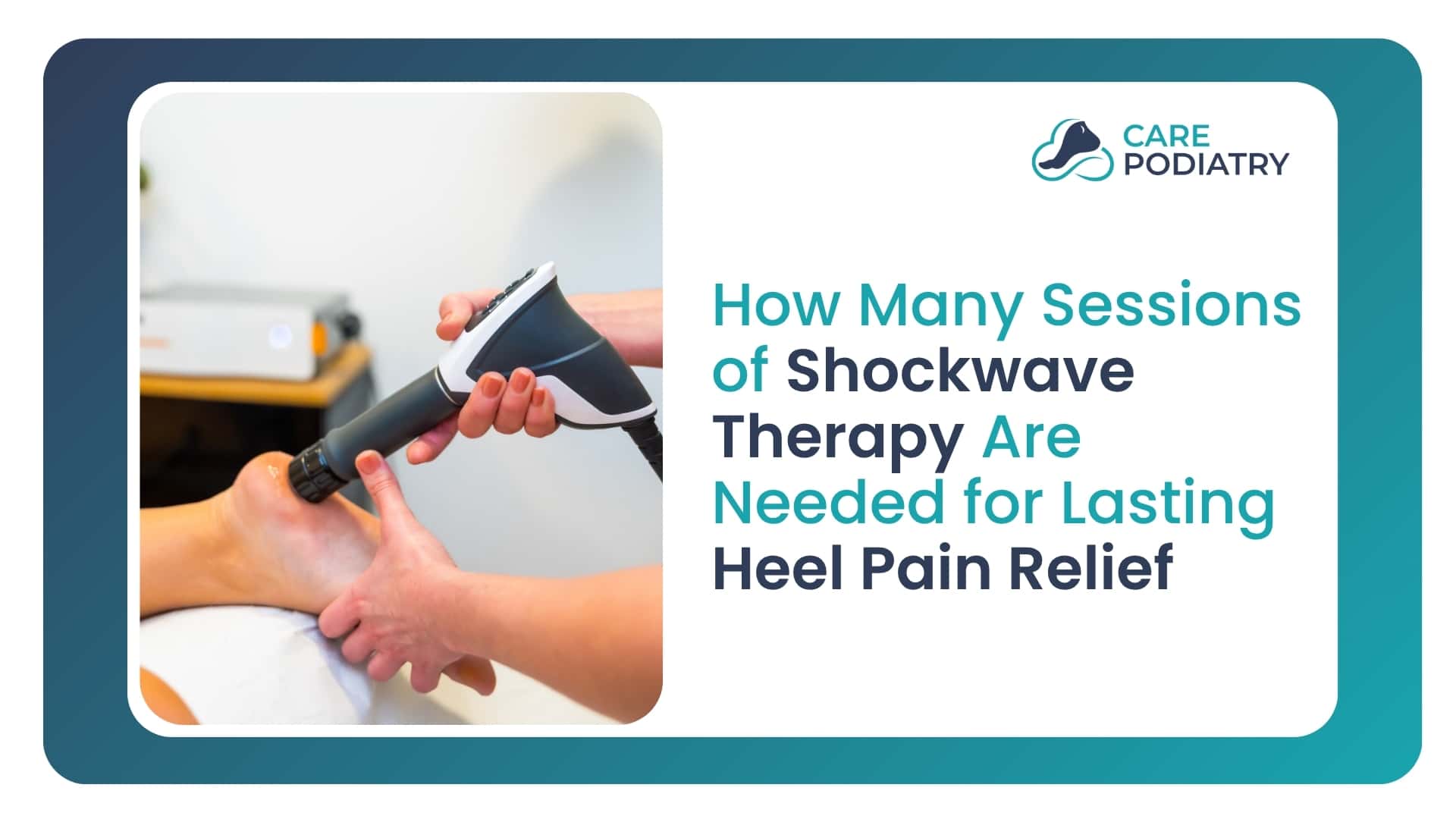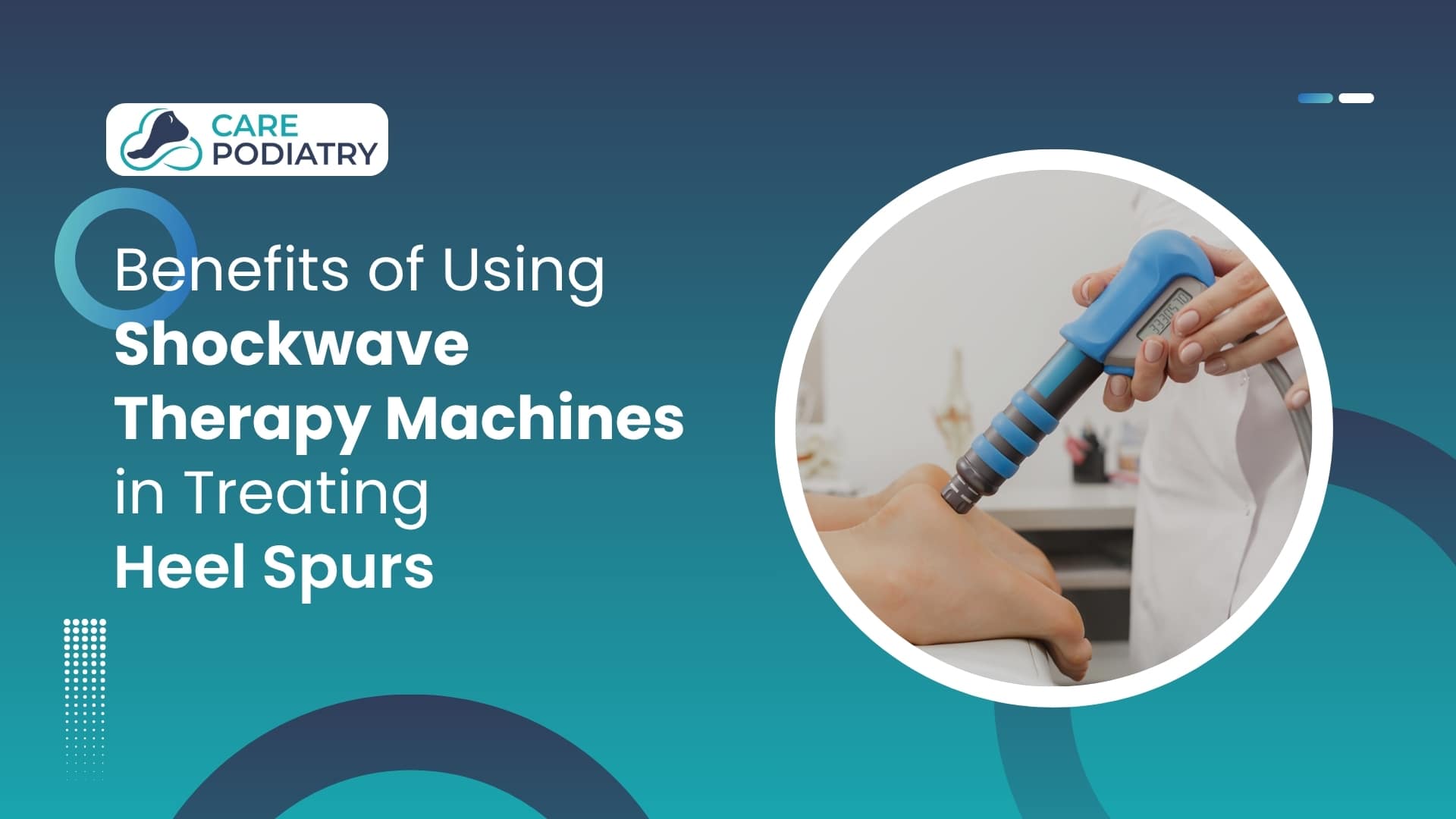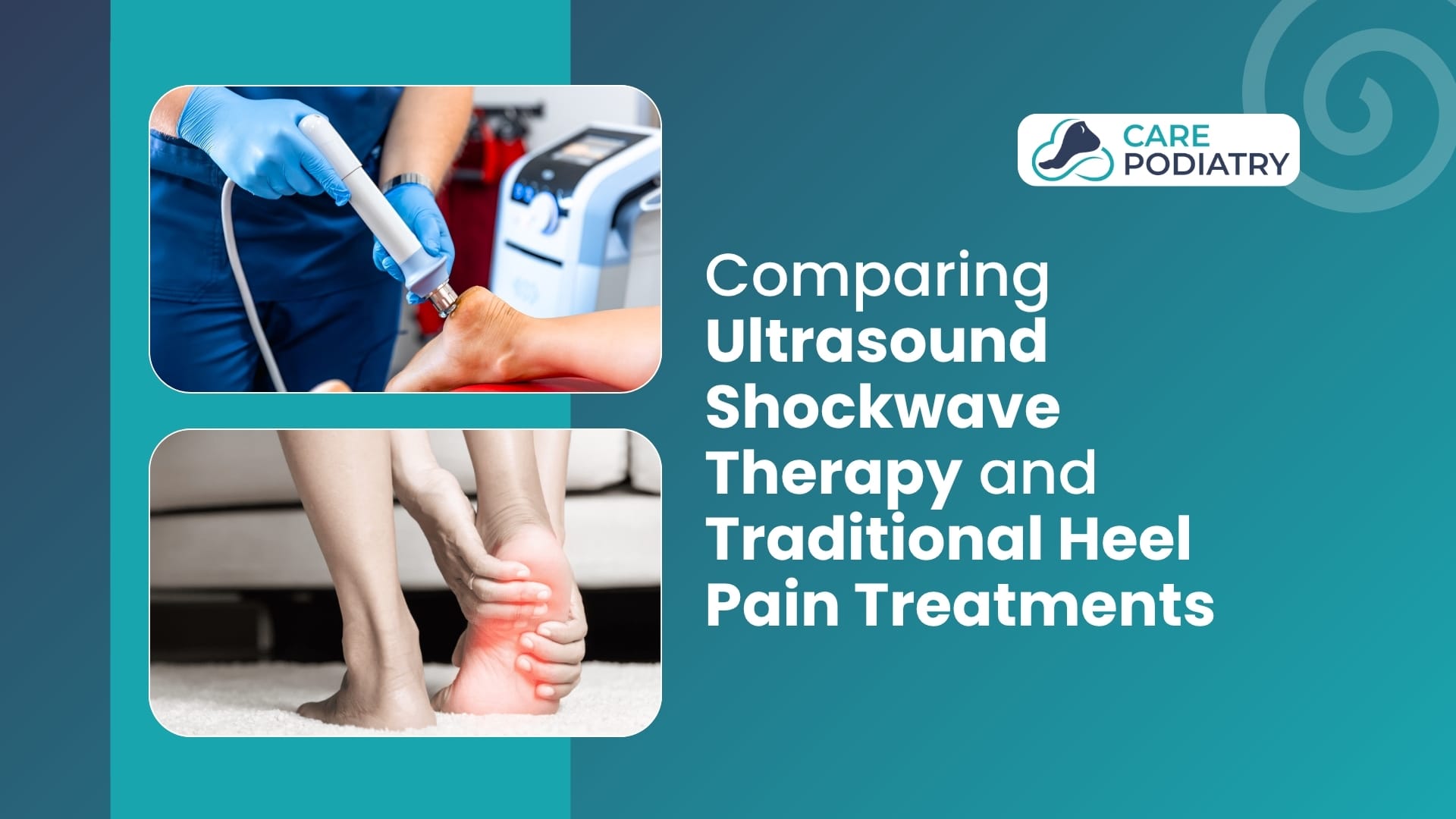Heel pain can stop you in your tracks. Whether it’s first thing in the morning or after a long day on your feet, that stabbing pain can make every step miserable. The good news is that shockwave therapy has changed the game for people struggling with chronic heel pain.
But here’s the big question many people ask: how many sessions does it actually take to feel real, lasting relief? In today’s blog, we will break this question down so individuals can gain the proper knowledge.
Why Choose Shockwave Therapy for Heel Pain
If you’ve been icing, stretching, and resting your foot with no lasting relief, you’re not alone. Heel pain, especially plantar fasciitis, can be incredibly stubborn. That’s why so many people eventually look for something beyond basic home remedies or cortisone injections.
Shockwave therapy, also called Extracorporeal Shock Wave Therapy (ESWT), is different because it doesn’t just numb the pain. Instead, it goes after the source of the problem: micro-tears and inflammation in the plantar fascia or heel.
During treatment, a device delivers controlled, high-energy sound waves to the painful area. These waves boost blood circulation and jumpstart your body’s natural repair process. Imagine tapping your body on the shoulder and saying, “Hey, fix this already.” That’s essentially what shockwave therapy does.
Multiple studies back up its success. One review in the Journal of Orthopaedic Surgery and Research reported significant pain reduction in patients. Another study found ESWT was far more effective than placebo treatment, particularly for patients with heel pain lasting longer than six months.
The best part? It’s non-invasive. There’s no anesthesia, no downtime, and no surgery. You can walk out of the office right after your session. For anyone worried about missing work or disrupting their daily life, that’s a huge plus.
The Typical Number of Sessions You’ll Need
So, how many sessions does it take to feel real relief? The answer usually falls between three and five sessions, with each one scheduled about a week apart. That spacing allows your tissue to respond and start healing between treatments.
- Mild cases: If your pain is new or not too severe, three sessions might be all you need. Many patients start feeling improvement after the second session and complete their plan with excellent results.
- Moderate to severe cases: If your heel pain has been around for months, four or five sessions are common. This extra time helps break the cycle of inflammation and allows your plantar fascia to repair.
- Chronic pain lasting over six months: In rare cases, a “booster” session a few months after the initial plan can keep pain from returning.
Care Podiatry tailors each plan to the individual. They’ll consider how long you’ve had pain, what treatments you’ve tried before, and how your foot responds to the first session before finalizing the schedule.
What to Expect After Each Session
Shockwave therapy isn’t an instant miracle, but results build quickly. Here’s the typical timeline:
- After the first session, some patients feel immediate pain relief, while others notice mild soreness for a day or two. This is similar to muscle soreness after a workout.
- By the third session, most patients experience a noticeable improvement, with a 50–70% reduction in pain levels. Walking, standing, and morning steps feel easier.
- After completing treatment, healing continues even after the last session. Most patients report significant improvement, or complete pain resolution, within 8–12 weeks of starting therapy.
Your podiatrist will monitor your progress and may recommend stretching exercises, orthotics, or adjustments to your footwear to support long-term results. The goal is more than pain relief. It’s to keep you walking comfortably for months and years to come.
Factors That Affect How Many Sessions You Need
Not everyone’s heel pain is the same, and that’s why treatment plans can vary. Here are some things that may affect the number of sessions you need:
- How long you’ve had the pain: Chronic cases usually take more sessions than a recent flare-up.
- Your activity level: Runners or people on their feet all day may need extra sessions to heal fully.
- Foot structure: Flat feet or high arches can slow recovery if not addressed with proper footwear or orthotics.
- Lifestyle changes: Stretching, supportive shoes, and weight management can improve your outcome and reduce the need for repeat treatments.
The good news is that shockwave therapy has a high success rate, even for stubborn, long-term heel pain.
Why People Choose Shockwave Therapy Over Surgery
Before shockwave therapy, surgery was often the only option for chronic heel pain that didn’t respond to rest, orthotics, or injections. Surgery can be effective but comes with anesthesia risks, stitches, and weeks of recovery time, often keeping patients off their feet.
Shockwave therapy offers a faster, safer alternative. It’s completely non-invasive, requires no downtime, and lets patients resume daily activities the same day. For many people, it provides long-term relief without the risks, pain, or expense of surgery, making it a preferred choice for podiatrists treating persistent plantar fasciitis and other causes of heel pain.
How Care Podiatry Makes the Process Easy
At Care Podiatry, we know heel pain can be frustrating and even life-changing. That’s why we offer personalized treatment plans to get you relief as quickly as possible.
Our podiatrists start with a thorough exam and diagnostic testing if needed. Then, we build a shockwave therapy plan tailored to your pain level and lifestyle. We don’t just treat the symptoms; we help you prevent the pain from coming back with guidance on footwear, stretching routines, and orthotics if needed.
When to Book Your First Session
If you’ve had heel pain for weeks, or worse, months, it’s time to take action. The earlier you start treatment, the faster you can get back on your feet pain-free.
At Care Podiatry, we make it simple: book a consultation, get evaluated, and start treatment right away if it’s the right option for you. Most patients begin feeling relief within the first couple of weeks.
Conclusion
Most people need 3–5 sessions of shockwave therapy for lasting heel pain relief. It’s quick, non-invasive, and highly effective, especially for plantar fasciitis that hasn’t responded to other treatments.
If heel pain is holding you back, let Care Podiatry help. Book your appointment today and take your first step toward walking without pain.
Frequently Asked Questions
Does shockwave therapy for heel pain hurt?
Most patients describe shockwave therapy as mildly uncomfortable rather than painful. The pulses can feel like quick taps against the skin, but the intensity is adjustable. If it feels too strong, your podiatrist can dial it down. Any soreness afterward usually fades within 24–48 hours.
How soon will I be able to walk normally after treatment?
You can walk immediately after each session; there’s no downtime. Many patients notice easier steps within the first week, and most experience significant improvement after completing the recommended 3–5 sessions.
Does insurance cover shockwave therapy?
Coverage depends on your insurance provider and plan. Some insurers do cover ESWT when it’s medically necessary and conservative treatments haven’t worked. Care Podiatry can check your benefits and discuss payment options before you begin treatment.



